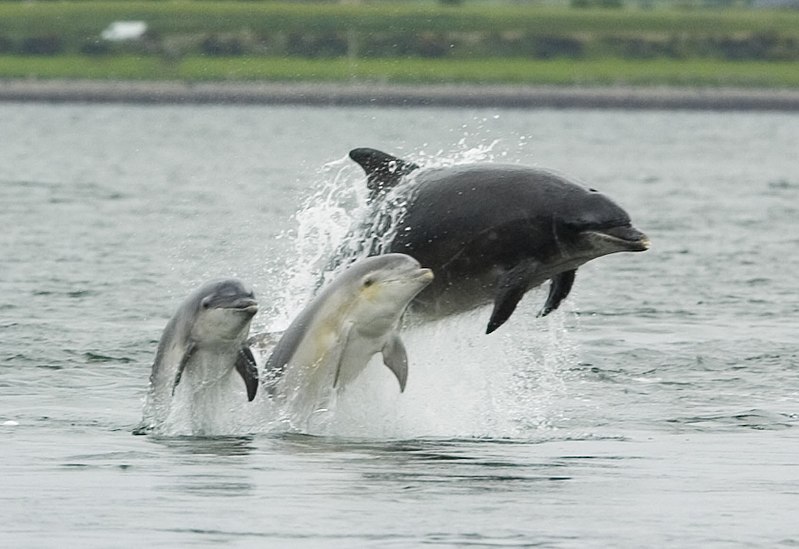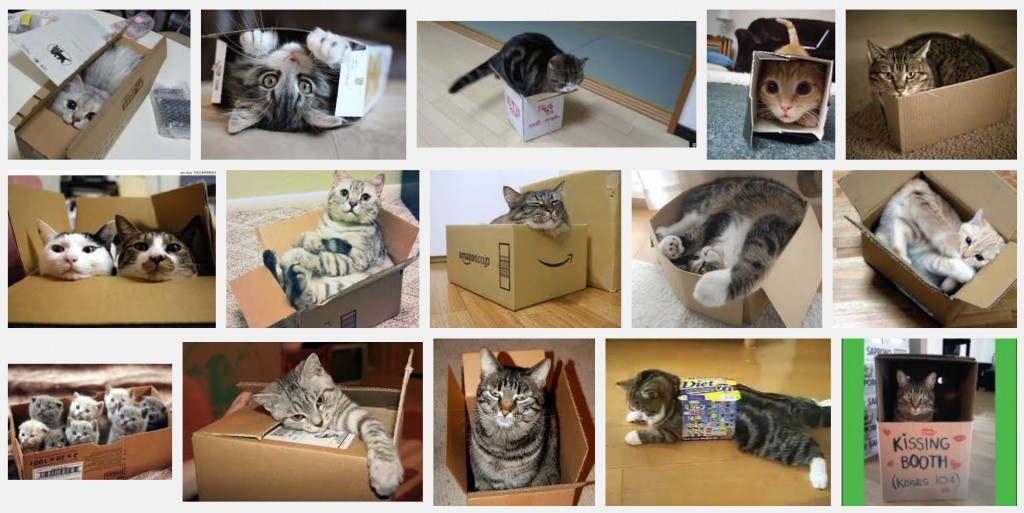
From Wired:
For decades, scientists have been fascinated by dolphins’ so-called signature whistles: distinctive vocal patterns learned early and used throughout life. The purpose of these whistles is a matter of debate, but new research shows that dolphins respond selectively to recorded versions of their personal signatures, much as a person might react to someone calling their name.
Combined with earlier findings, the results “present the first case of naming in mammals, providing a clear parallel between dolphin and human communication,” said biologist Stephanie King of Scotland’s University of St. Andrews, an author of the new study.
Earlier research by Janik and King showed that bottlenose dolphins call each other’s signature whistles while temporarily restrained in nets, but questions had remained over how dolphins used them at sea, in their everyday lives. King’s new experiment, conducted with fellow St. Andrews biologist Vincent Janik and described July 22 in Proceedings of the National Academy of Sciences, involved wild bottlenose groups off Scotland’s eastern coast.
Janik and King recorded their signature whistles, then broadcast computer-synthesized versions through a hydrophone. They also played back recordings of unfamiliar signature whistles. The dolphins ignored signatures belonging to other individuals in their groups, as well as unfamiliar whistles.
To their own signatures, however, they usually whistled back, suggesting that dolphins may use the signatures to address one another.
The new findings are “clearly a landmark,” said biologist Shane Gero of Dalhousie University, whose own research suggests that sperm whales have names. “I think this study puts to bed the argument of whether signature whistles are truly signatures.”
Gero is especially interested in the different ways that dolphins responded to hearing their signature called. Sometimes they simply repeated their signature — a bit, perhaps, like hearing your name called and shouting back, “Yes, I’m here!” Some dolphins, however, followed their signatures with a long string of other whistles.
“It opens the door to syntax, to how and when it’s ‘appropriate’ to address one another,” said Gero, who wonders if the different response types might be related to social roles or status. Referring to each other by name suggests that dolphins may recall past experiences with other individual dolphins, Gero said.
“The concept of ‘relationship’ as we know it may be more relevant than just a sequence of independent selfish interactions,” said Gero. “We likely underestimate the complexity of their communication system, cognitive abilities, and the depth of meaning in their actions.”
King and Janik have also observed that dolphins often make their signature whistles when groups encounter one another, as if to announce exactly who is present.
To Peter Tyack, a Woods Hole Oceanographic Institution biologist who has previously studied dolphin signature whistle-copying, the new findings support the possiblity of dolphin names, but more experiments would help illuminate the meanings they attach to their signatures.
Read the entire article here.
Image: Bottlenose dolphin with young. Courtesy of Wikipedia.




